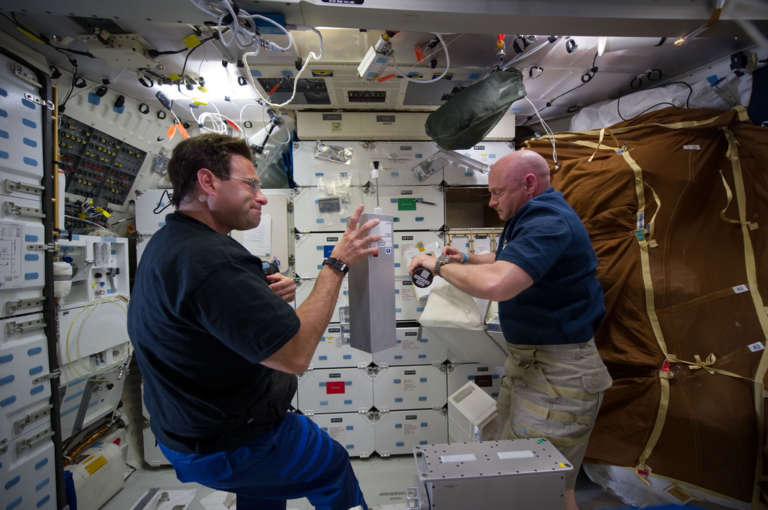Bruce Betts • Jun 09, 2011
Shuttle LIFE Organisms Return from Space
In the middle of the night on June 1, 2011, millions of passengers returned safely to Earth as part of the great conclusion to space shuttle Endeavour's last flight, STS-134. Many of those millions of passengers were part of the Planetary Society's Shuttle LIFE experiment. Five different kinds of creatures from all three domains of life are part of Shuttle LIFE. All of them have cousins launching this Fall on board the Phobos Sample Return Mission for a 34 month trip to Mars' Moon Phobos and back. Both LIFE experiments are part of an effort to test the effects of space travel on a variety of organisms, including their ability to travel between planets naturally, or not. Read more on the background here.


The Shuttle LIFE organisms, inside their sealed Delrin plastic tubes, were loaded into a commercial experiment block (from Nanoracks, Inc.) called CREST-1, and then loaded into the shuttle within two days of launch. After returning from space, Nanoracks and their colleagues removed the little tiny tubes from the little tiny wells, and they were shipped back to where most of them came from: our partner ATCC in Virginia, the leading repository for microorganisms in the U.S.
I am now headed back to ATCC for the opening of sample tubes, both those that flew on Endeavour, and those that remained on Earth as controls for comparison with the flight samples. Two sets of organisms will be shipped back to our partners in Europe and not opened at ATCC: Bacillus subtilis MW01 headed to Marko Wassmann and colleagues with DLR, the German space agency; and, the ever popular Tardigrades, or water bears, the only animals in Shuttle LIFE will be headed back to Ingemar Jonsson in Sweden. The other organisms, another type of Bacteria, and two types of Archaea, will be opened at ATCC. I'll report back on that soon.
At ATCC, the process goes firmly into the hands of the biologists, putting the organisms, currently in dried powdered form, into "broths" that make them happy and bring them out of the dormant-like state. They then will be cultivated over weeks and the organisms will be analyzed in various ways for many more weeks or months. Finally, remaining organisms will be frozen and preserved, ready for any future analyses.
Support our core enterprises
Your support powers our mission to explore worlds, find life, and defend Earth. You make all the difference when you make a gift. Give today!
Donate

 Explore Worlds
Explore Worlds Find Life
Find Life Defend Earth
Defend Earth

